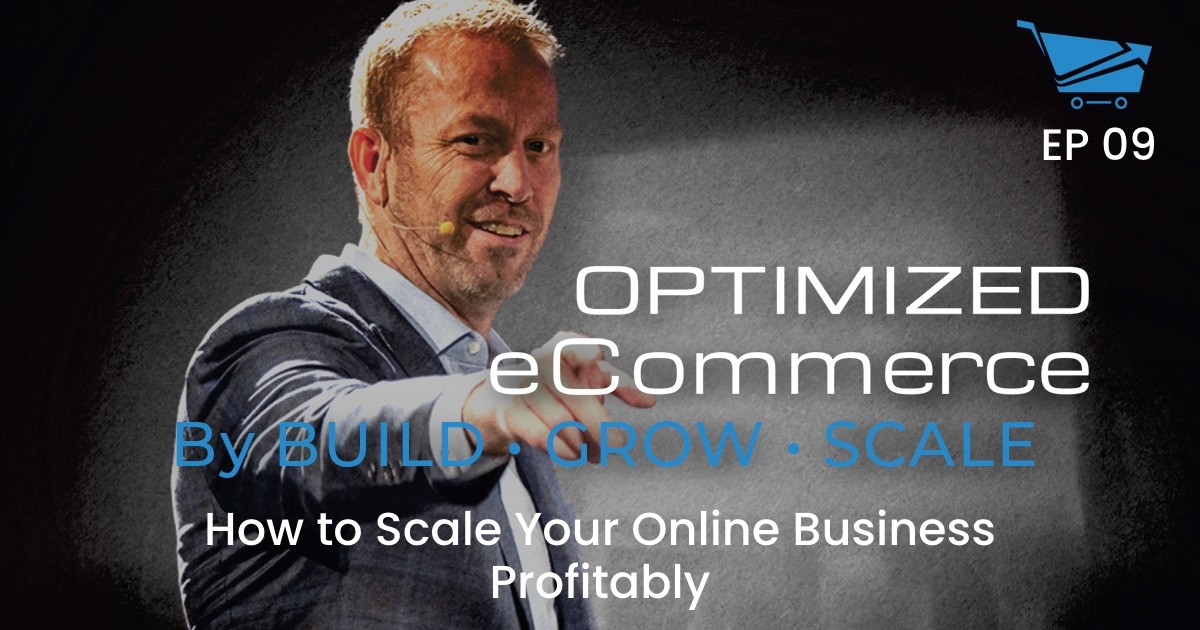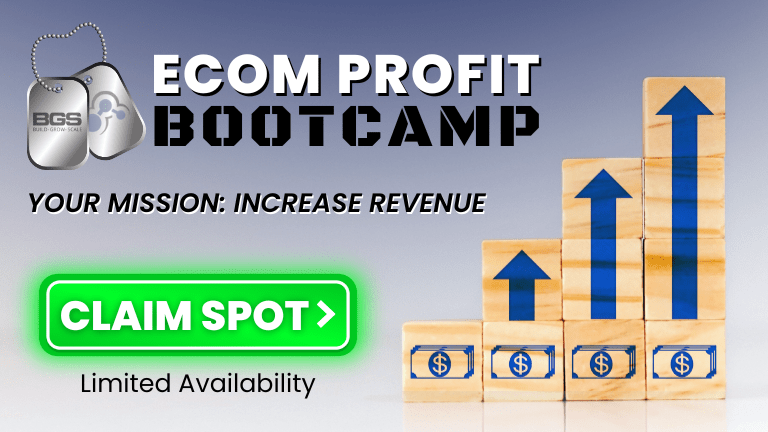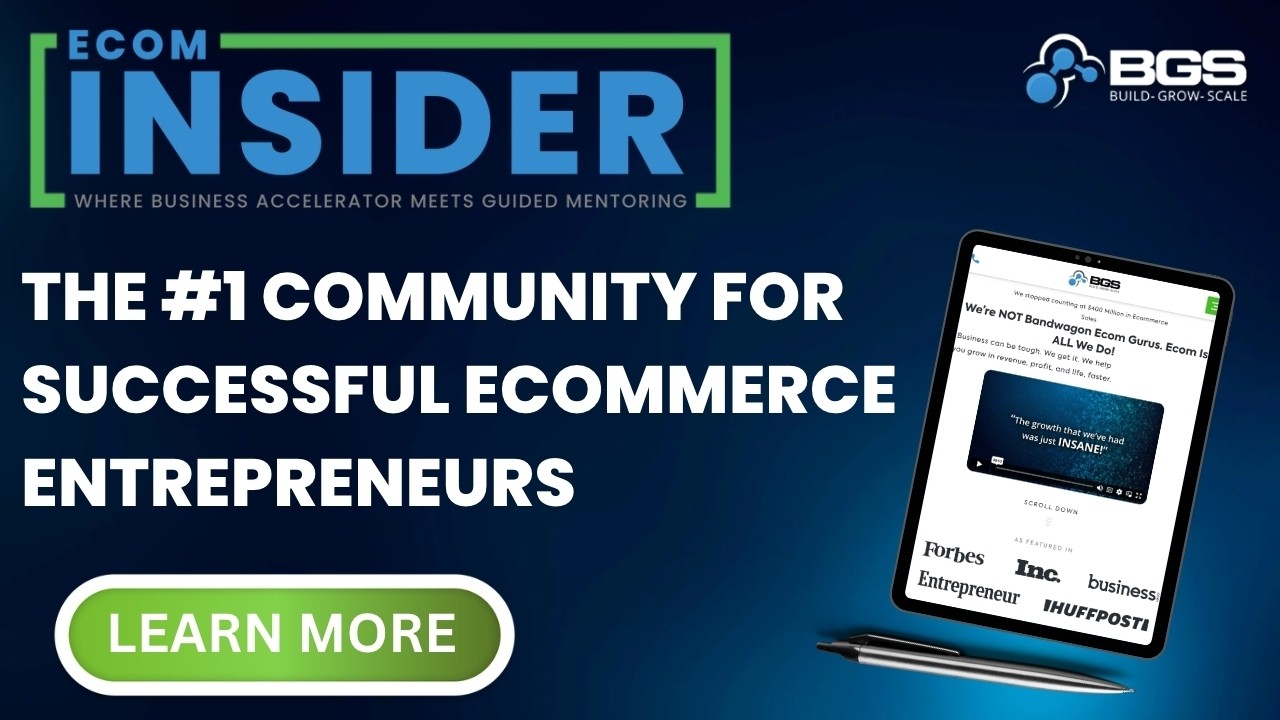Optimized Ecommerce EP 009 – How to Scale Your Online Business Profitably

Welcome to Episode 009 of Optimized Ecommerce – How to Scale Your Online Business Profitably. I am your host, Tanner Larsson, CEO of BGS.
BGS means Build Grow Scale! It is a community that we founded where eCommerce entrepreneurs and physical product sellers come to learn how to take their businesses to the next level.
In today’s informative episode, I’ll share some simple strategies to boost your AOV so you can increase your profits and scale faster. These are not ‘hit or miss’ hacks, these are actual and validated master plans that have helped our own business and our clients.
These are fail-safe plans and you can easily apply them to your ecommerce business.
Here’s just a taste of what we talked about today:
What is your AOV?
Your Average Order Value is the total amount of revenue from sales divided by the number of sales in a specific period of time. So, the higher your AOV the better it is for your ecommerce business.
Some Tips to Boost Your AOV
Here are some tips that you could use to boost your Average Order Value (AOV):
*Test your price elasticity – you can adjust your price in small increments and test your market until you reach the magic price point that is the best for your product.
*Offer a Bundle – It’s the easiest way to raise your prices; put two, three, or more items in one sale. You can do that in different products or the same products, a bundle deal always draws attention and makes faster sales.
*When to offer your upsell – your product page is the best time to offer your customers an upsell because they’re still considering the purchase. But make your upsell easy and a no-brainer. Your customers shouldn’t have to do additional research to consider the upsell. It should be a breeze.
Your Add to Cart Button needs to be No-Brainer
Don’t make it difficult for your customers to purchase from your store. It should be easy, simple, and flying out the door the second they decide to put it in the cart. They shouldn’t be thinking about how to operate your checkout flow because it can break your customers’ concentration. It should be, “they click, and they’re good.”
Tanner also discussed a few other fun topics, including:
- Other important metrics that impact customers purchasing from your store.
- Making it easy for customers is the best way to make sales.
- Don’t underestimate the power of post-purchase upsells.
But you’ll have to watch or listen to the episode to hear about those!
How To Stay Connected With Tanner Larsson
Want to stay connected with Tanner? Please check out his social profiles below.
- Facebook: Facebook.com/buildgrowscale
- Twitter: @BuildGrowScale
- YouTube Channel: Youtube.com/windowsuccess




